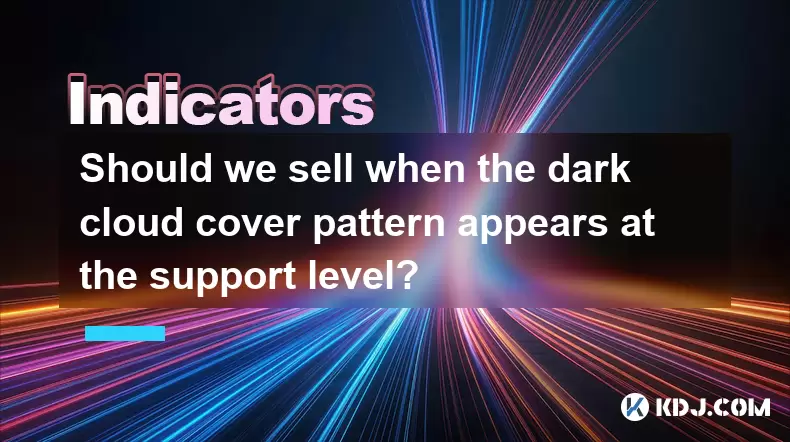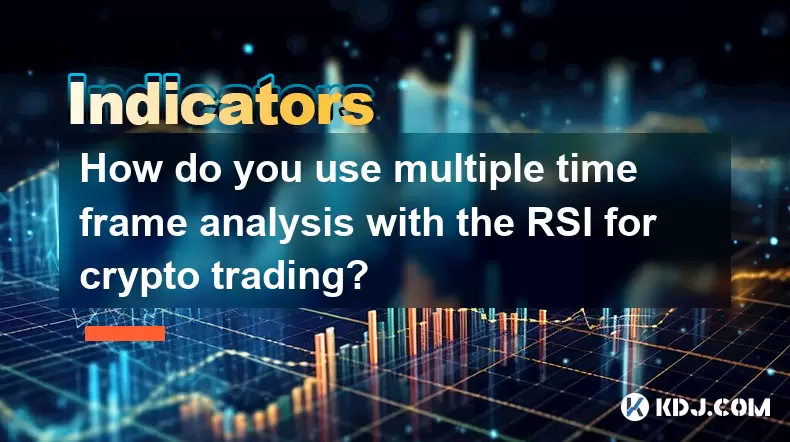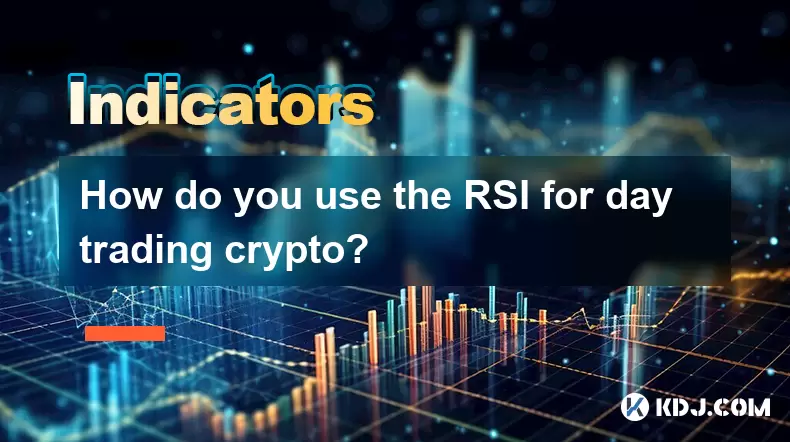-
 Bitcoin
Bitcoin $118400
0.47% -
 Ethereum
Ethereum $3836
2.20% -
 XRP
XRP $3.157
2.98% -
 Tether USDt
Tether USDt $0.9999
-0.03% -
 BNB
BNB $801.5
1.31% -
 Solana
Solana $180.9
2.07% -
 USDC
USDC $0.9999
-0.02% -
 Dogecoin
Dogecoin $0.2225
2.50% -
 TRON
TRON $0.3285
-1.02% -
 Cardano
Cardano $0.7789
2.60% -
 Hyperliquid
Hyperliquid $43.60
2.39% -
 Sui
Sui $3.892
4.41% -
 Stellar
Stellar $0.4229
3.34% -
 Chainlink
Chainlink $18.01
3.98% -
 Hedera
Hedera $0.2745
6.77% -
 Bitcoin Cash
Bitcoin Cash $582.3
3.38% -
 Avalanche
Avalanche $23.77
1.04% -
 Ethena USDe
Ethena USDe $1.001
0.01% -
 Toncoin
Toncoin $3.493
3.59% -
 Litecoin
Litecoin $110.0
2.48% -
 UNUS SED LEO
UNUS SED LEO $8.936
-0.37% -
 Shiba Inu
Shiba Inu $0.00001304
2.49% -
 Uniswap
Uniswap $9.999
1.09% -
 Polkadot
Polkadot $3.897
3.26% -
 Monero
Monero $308.6
-0.83% -
 Dai
Dai $0.9999
-0.01% -
 Bitget Token
Bitget Token $4.504
-0.04% -
 Pepe
Pepe $0.00001154
2.95% -
 Cronos
Cronos $0.1471
3.06% -
 Ethena
Ethena $0.6691
19.53%
Should we sell when the dark cloud cover pattern appears at the support level?
A dark cloud cover at support may signal a bearish reversal, but confirmation through volume, RSI, or trendline breaks is essential before making trading decisions.
Jun 21, 2025 at 04:43 pm

Understanding the Dark Cloud Cover Pattern
The dark cloud cover is a well-known candlestick pattern that signals a potential bearish reversal, especially when it appears after an uptrend. It consists of two candles: the first is a strong bullish (green) candle, followed by a bearish (red) candle that opens higher but closes significantly below the midpoint of the previous candle. This creates a "dark cloud" over the prior bullish momentum.
When this pattern forms at a key support level, traders often face a dilemma: should they sell immediately or wait for further confirmation? The psychological implication behind this pattern suggests weakening buyer control and increasing selling pressure, which may lead to a price drop.
Important: A dark cloud cover alone is not always reliable, especially in volatile crypto markets. Confirmation through volume spikes, moving averages, or RSI divergence is crucial before making any trading decision.
Support Levels in Cryptocurrency Trading
In technical analysis, a support level is a price point where an asset tends to find buying interest, preventing it from falling further. In the cryptocurrency market, these levels can be identified using historical data, trendlines, or Fibonacci retracement tools.
When the dark cloud cover appears near such a support zone, it raises questions about whether the support will hold or if a breakdown is imminent. Crypto assets like Bitcoin and Ethereum often experience sharp reversals around these levels due to algorithmic trading bots and large institutional orders.
- Key support levels are often tested multiple times before breaking.
- The strength of the support depends on how many times it has held in the past.
- A support level with high trading volume adds more credibility to its significance.
Traders must understand that while support zones suggest buying opportunities, patterns like the dark cloud cover can indicate temporary weakness rather than a full reversal.
Why the Dark Cloud Cover at Support Can Be Misleading
The appearance of a dark cloud cover at a support level doesn't guarantee a downtrend. Sometimes, the pattern serves as a false signal, especially in markets driven by sentiment and news events. In crypto trading, volatility can cause misleading candlestick formations that don’t reflect actual market direction.
For example, during a strong bull run, a dark cloud cover might appear at a support level but quickly get absorbed by rising demand. This happens because buyers see the dip as an opportunity to enter at a better price.
- False breakouts are common in altcoin charts due to low liquidity.
- Markets with high trading volume tend to produce more reliable candlestick patterns.
- Using additional indicators like Bollinger Bands or MACD helps filter out false signals.
Therefore, acting solely based on a dark cloud cover forming at support could result in premature exits from potentially profitable positions.
How to Confirm the Validity of the Pattern
Before deciding to sell, traders should look for confluence factors that validate the bearish reversal suggested by the dark cloud cover. These include:
- Volume confirmation: A spike in volume on the bearish candle increases the reliability of the pattern.
- RSI divergence: If RSI shows lower highs while price makes higher highs, it strengthens the bearish case.
- Break of key support: A close below the support level confirms the pattern’s effectiveness.
- Fibonacci retracement levels: A dark cloud cover appearing at 50% or 61.8% retracement can act as a stronger signal.
By combining these tools with candlestick analysis, traders can avoid impulsive decisions and enhance their risk-reward ratio.
Steps to Trade Based on This Scenario
If you're considering selling when a dark cloud cover appears at support, follow these detailed steps to ensure clarity and precision:
- Step 1: Identify the support level using historical lows, trendlines, or moving averages.
- Step 2: Confirm the formation of the dark cloud cover across multiple timeframes (e.g., 4-hour and daily charts).
- Step 3: Check volume under the bearish candle to assess selling pressure.
- Step 4: Look for divergence using RSI or MACD indicators.
- Step 5: Place a stop-loss above the high of the bearish candle to manage risk effectively.
- Step 6: Monitor price action for a confirmed breakdown below the support level before exiting fully.
This approach ensures that your trading strategy remains objective and grounded in technical evidence rather than emotional bias.
Frequently Asked Questions
Q: What timeframes work best for analyzing the dark cloud cover pattern?
A: While the pattern can appear on all timeframes, higher timeframes like the 4-hour or daily chart provide more reliable signals due to reduced noise and increased volume.
Q: Can the dark cloud cover appear in a sideways market?
A: Yes, although it's less meaningful in ranging markets. In such cases, the pattern may indicate short-term weakness but lacks the directional momentum seen in trending environments.
Q: How does the dark cloud cover differ from the engulfing bearish pattern?
A: The dark cloud cover involves a partial penetration of the prior candle’s body, whereas the bearish engulfing completely engulfs the previous candle. The engulfing pattern is generally considered a stronger reversal signal.
Q: Is it safe to trade against the dark cloud cover if the overall trend is bullish?
A: No. In a strong uptrend, candlestick patterns like the dark cloud cover often serve as corrections rather than full reversals. It’s safer to wait for a trendline break or bearish divergence before going against the dominant trend.
Disclaimer:info@kdj.com
The information provided is not trading advice. kdj.com does not assume any responsibility for any investments made based on the information provided in this article. Cryptocurrencies are highly volatile and it is highly recommended that you invest with caution after thorough research!
If you believe that the content used on this website infringes your copyright, please contact us immediately (info@kdj.com) and we will delete it promptly.
- SEC, Crypto, and Securities: Navigating the New Frontier
- 2025-08-01 05:10:12
- Cardano (ADA) Market Cap: Can It Compete with Emerging Cryptocurrencies and Meme Coins?
- 2025-08-01 04:30:12
- SEC, Crypto, and On-Chain: Navigating the Regulatory Maze
- 2025-08-01 02:31:40
- Jito Labs, Solana, and Liquid Staking: Riding the Wave of Innovation
- 2025-08-01 03:50:12
- Perpetual DEX: Navigating Onchain Trading and Solving Core Problems, a NY Perspective
- 2025-08-01 03:57:53
- Bitcoin Bullish Market: How Long Positions are Boosting the Crypto King
- 2025-08-01 02:35:33
Related knowledge

How do you use multiple time frame analysis with the RSI for crypto trading?
Aug 01,2025 at 05:19am
Understanding the Role of RSI in Crypto TradingThe Relative Strength Index (RSI) is a momentum oscillator that measures the speed and change of price ...

How can you use the RSI to determine exit points in crypto trades?
Aug 01,2025 at 04:29am
Understanding the Role of RSI in Crypto TradingThe Relative Strength Index (RSI) is a momentum oscillator widely used in the cryptocurrency market to ...

How do you use the RSI for day trading crypto?
Aug 01,2025 at 05:26am
Understanding the RSI in Cryptocurrency TradingThe Relative Strength Index (RSI) is a momentum oscillator that measures the speed and change of price ...

What does it signify when the MACD crosses below the zero line?
Aug 01,2025 at 01:43am
Understanding the MACD IndicatorThe Moving Average Convergence Divergence (MACD) is one of the most widely used technical analysis tools in the crypto...

How does the MACD histogram show momentum?
Aug 01,2025 at 01:16am
Understanding the MACD Histogram and Its Role in Cryptocurrency TradingThe MACD histogram is a visual representation of the difference between the MAC...

What is a MACD crossover?
Jul 31,2025 at 11:52pm
Understanding the Role of Private Keys in Cryptocurrency SecurityIn the world of cryptocurrency, private keys are the cornerstone of ownership and con...

How do you use multiple time frame analysis with the RSI for crypto trading?
Aug 01,2025 at 05:19am
Understanding the Role of RSI in Crypto TradingThe Relative Strength Index (RSI) is a momentum oscillator that measures the speed and change of price ...

How can you use the RSI to determine exit points in crypto trades?
Aug 01,2025 at 04:29am
Understanding the Role of RSI in Crypto TradingThe Relative Strength Index (RSI) is a momentum oscillator widely used in the cryptocurrency market to ...

How do you use the RSI for day trading crypto?
Aug 01,2025 at 05:26am
Understanding the RSI in Cryptocurrency TradingThe Relative Strength Index (RSI) is a momentum oscillator that measures the speed and change of price ...

What does it signify when the MACD crosses below the zero line?
Aug 01,2025 at 01:43am
Understanding the MACD IndicatorThe Moving Average Convergence Divergence (MACD) is one of the most widely used technical analysis tools in the crypto...

How does the MACD histogram show momentum?
Aug 01,2025 at 01:16am
Understanding the MACD Histogram and Its Role in Cryptocurrency TradingThe MACD histogram is a visual representation of the difference between the MAC...

What is a MACD crossover?
Jul 31,2025 at 11:52pm
Understanding the Role of Private Keys in Cryptocurrency SecurityIn the world of cryptocurrency, private keys are the cornerstone of ownership and con...
See all articles

























































































